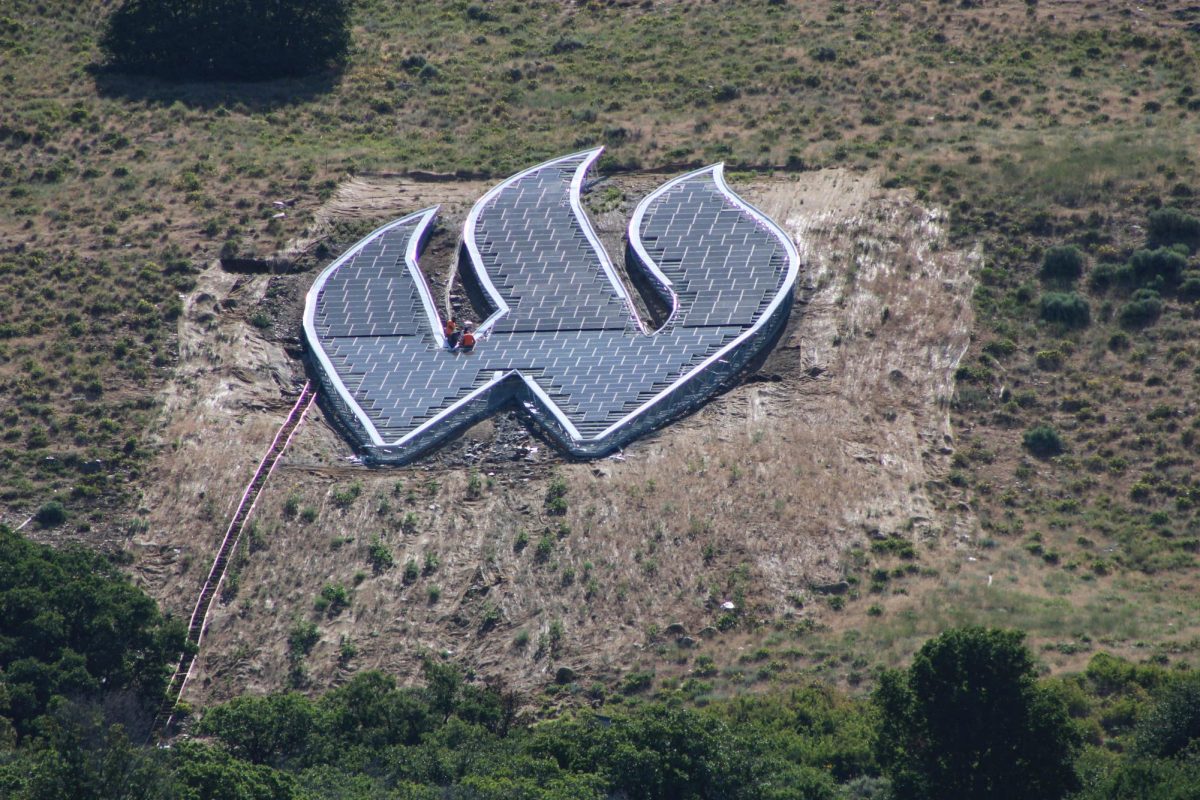
Ogden City will be holding a four-part meeting series with the City Council to analyze the current state of housing. At each meeting, presentations from WSU professors, City Council members and the Community and Economic Development Department will be giving presentations at these meetings.
The first meeting was held Sept. 3 at the Ogden City Municipal Center. The meeting was the overview of the current approaches Ogden has taken to address housing issues and a look at national, state-wide and local trends.
These events are not considered policy events, as no policy will be directly discussed during them. The meetings are to help inform the public and the City Council about General Housing Policies, the HUD Consolidated Plan, Strategic Plan Projects, the current state of housing and the 2021 fiscal year city budget.
These meetings are focused on the affordable housing crisis. The Housing and Urban Development department defines affordable housing as the cost of housing being less than 30 percent of family income. This differs from housing affordability, which refers to providing access to different housing types for all income levels.
The Area Median Income for the Ogden Clearfield Metropolitan area is $78,100. This means that half of households make more than $78,100 and the other half makes less than the AMI. The top 1 percent of Utah earners make at least $375,000 and those who make minimum wage make 19 percent of the AMI.
Part of what is being addressed is the Affordability Gap. This gap is the difference between the home price a household can afford and the current market rate. Another issue is the Housing Gap, which is the term for an insufficient supply for increased demand for all housing.
While this is an especially potent issue for Utah and the Wasatch Front, it is also an issue throughout the United States.
The national housing trends have shown home prices have risen significantly throughout the United States since the Great Recession in 2008 as supply has fallen and demand has increased over time. In addition, unemployment has fallen and incomes have risen, which has also impacted the rise in demand for homes.
But these trends are only good for those who are already in the market and selling houses. Those who are new buyers, who move into a more competitive marketplace or those who have a lower income are at a disadvantage.
Since 2000, the median home price has increased by 40 percent across the nation. In the west, including Utah, the median home price is $362,400. Homes are now the most expensive that they’ve been in the past decade. In Ogden, home prices have increased 70 percent in nine years.
While there has been a huge leap in housing prices, Ogden’s median household income has only raised $1,000 dollars from 2009 to 2016.
Across the nation, prices are slowly starting to level off, but shown no sign of falling because the demand is staying high.
In Utah, building permits have slowly increased since 2008. It has been the slowest growth since the 1940s and is contributing to the supply shortage.
As a result, many families have trended towards applying for multi-family homes. Only 54 percent of homes built were geared for single family homes. New households have outnumbered new housing units by about 40,000. 2018 had the first surplus of new homes since 2010.
With little surplus, more Utah households are renting instead of buying. One in five renters are paying more than 50 percent of their income for housing.
Population growth projections don’t show it slowing down. By 2060, Ogden’s population is projected to grow from 89,746 to 106,934. In Utah, the current 3.2 million is projected to be 5.55 million in the same time frame.
Four of the Wasatch Front Counties and Washington County will account for 80 percent of the growth.
These trends cannot be controlled by Ogden. The options that were put on the table were expanding and modifying existing programs, modifying or creating new ordinances and policies regarding land use, increasing funding and the available budget and partnering with community programs.
Currently, Ogden is focusing on creating healthy neighborhoods through services facilities, as well as providing a friendly environment and social events. Looking at these ideals, the city can discuss where resources need to be siphoned to and where the greatest need is.
Targeting communities that will most benefit with strategies to improve the areas will give the maximum impact to the community. There are some programs in place already to help Ogden homeowners.
Own In Ogden, which provides up to $5,000 dollars in specific neighborhoods and up to $10,000 dollars for first responders, that help homeowners, or those trying to buy a home pay off closing costs, pay off part of the down payment or go to part of the principal of the overall house cost.
The Neighborhood Revitalization Strategy helps a different section of Ogden each year to help improve specific communities.
Both of these strategies are funded through the federal government, specifically HUD.
There are local policies that are intended to help homeowners and renters fit into a better community.
With nationwide efforts going toward homeowners to bridge the Affordability and Housing Gap, it’s an important conversation to have.



















